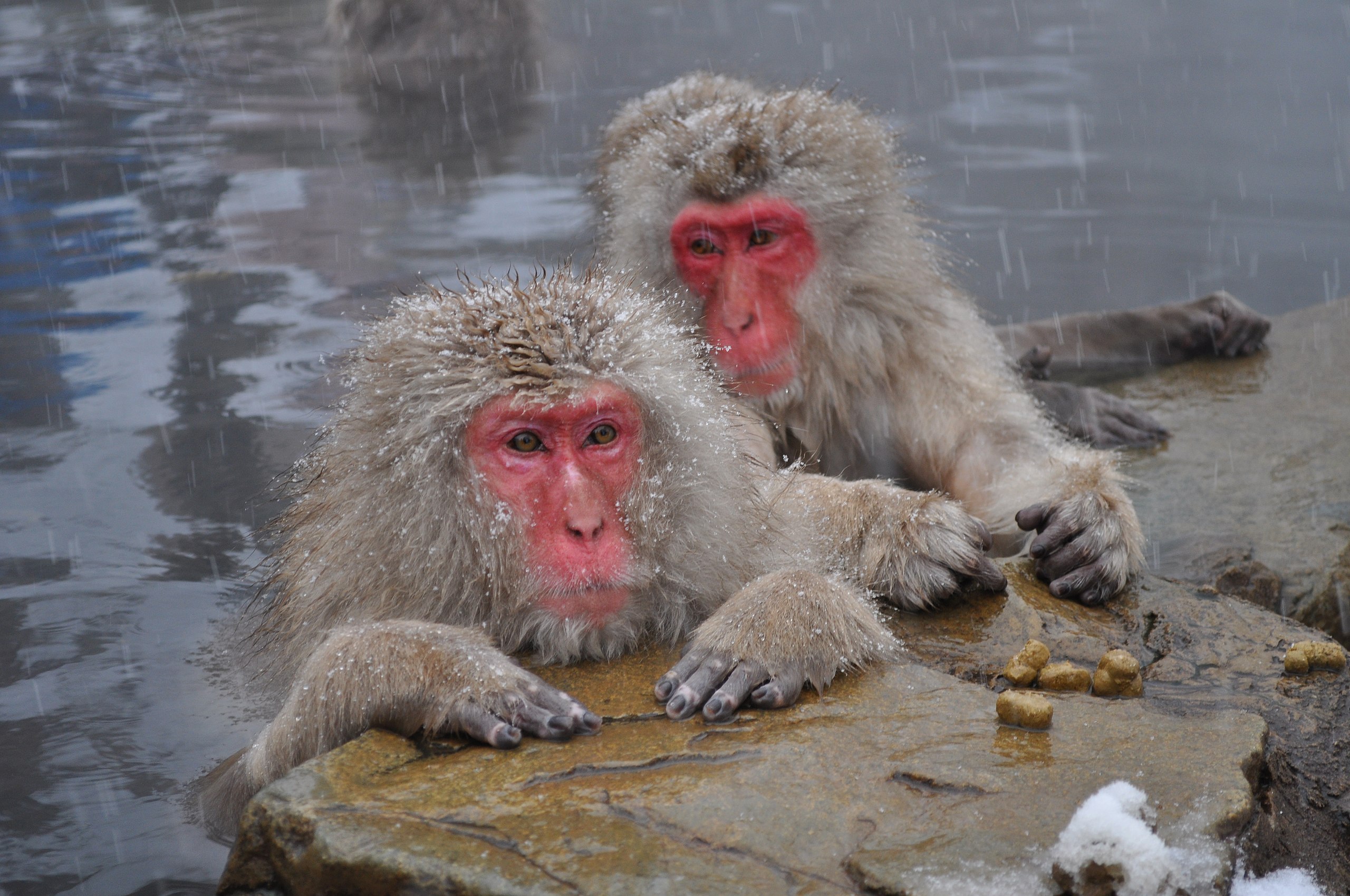
Japan
Japan is an island nation, and consists of 14,125 islands, of which 260 are inhabited. It also includes four large islands where almost all of Japan’s people live. The largest, Honshu, is home to about 80 percent of Japan’s population. South of Honshu are the islands of Shikoku and Kyushu. The farthest north of Japan’s main islands is Hokkaido. While the human population is 125.1 million, other species do live alongside the humans.
There are 4 species that have been lost which includes both the Exo and the Japanese wolf, which lived on different Japanese islands. Killing wolves became policy, and within one human generation they were gone, with the last one being killed in 1905 (though there were not unreasinable sightings as late as 1995). While there is some people who wish to reintroduce them, this idea has not got far. The Japanese sea lion went extinct in the 1970s; it was considered a subspecies of the Californian sea lion up until 2003, when DNA analysis suggested that they were separate species having split 2 million years ago. Never-the-less, it would seem reasonable that these sea lions would be close enough to fill the ecological niche left by this extinction. Finally the Okinawa flying fox, initially listed as extinct, an analysis of two bodies suggested that these may have been from elsewhere and therefore this species is officially listed as data deficient rather than extinct. The Japanese elephant went extinct in around 26,000, while the blame can be laid at the feet of humans, it happened relatively quickly so it is not a recent extinction, it is questionable whether there is a close enough related species to be reintroduced, but given how crowded the islands now are, there is probably not enough space.
A total of 130 mammal species are found on the island.
The brown bear is restricted to the island of Hokkaido, where roughly 2200 bears live. This is the same species as the European bear, though it is likely distinct enough to have its own subspecies. The Asian black bear inhabits mountainous areas in Honshū, Kyūshū and Shikoku; the combined population is thought to be around 10,000. Bear tourism does exist, but can be expensive, we will add any links at the bottom of the page. Smaller predators include the red fox, raccoon dog and Japanese marten. There are two wild cats in Japan: the leopard cat of mainland Asia occurs on Tsushima Island while the Iriomote cat is only found on the island of Iriomote. Grazing mammals include the sika deer, Japanese serow and Japanese boar. Among Japan’s most famous mammals is the Japanese macaque, the world’s most northerly monkey (this is the species pictured at the top of the page, and a species that many would say a visit is not complete without seeing). Marine mammals include the dugong, finless porpoise and Steller’s sea lion.
In terms of birds, 600 species are seen, while 250 breed on the islands.
Below, you will find a list of any posts which mention Japan, and below that I will add any links that might help with your wild travel to the area.










